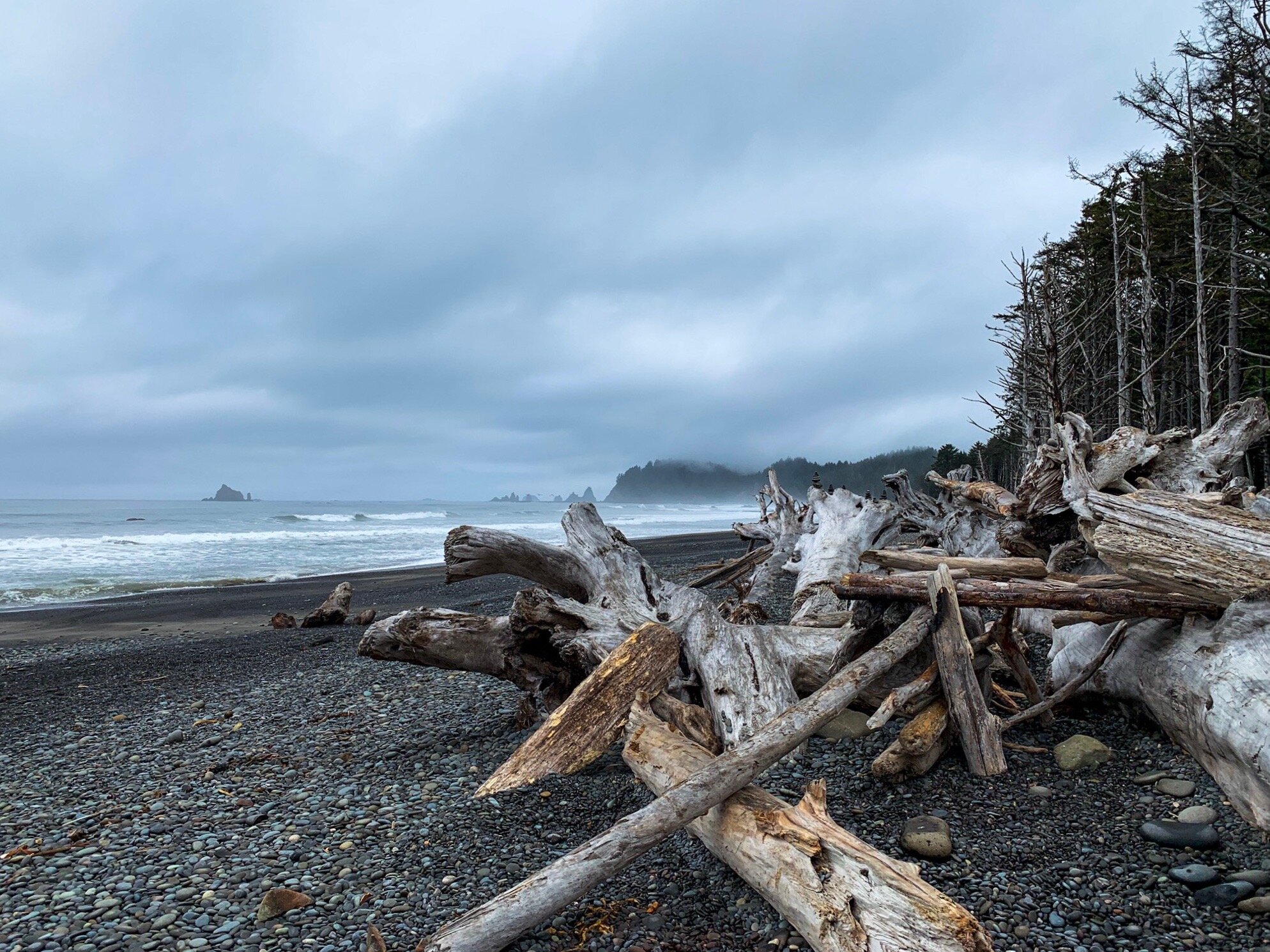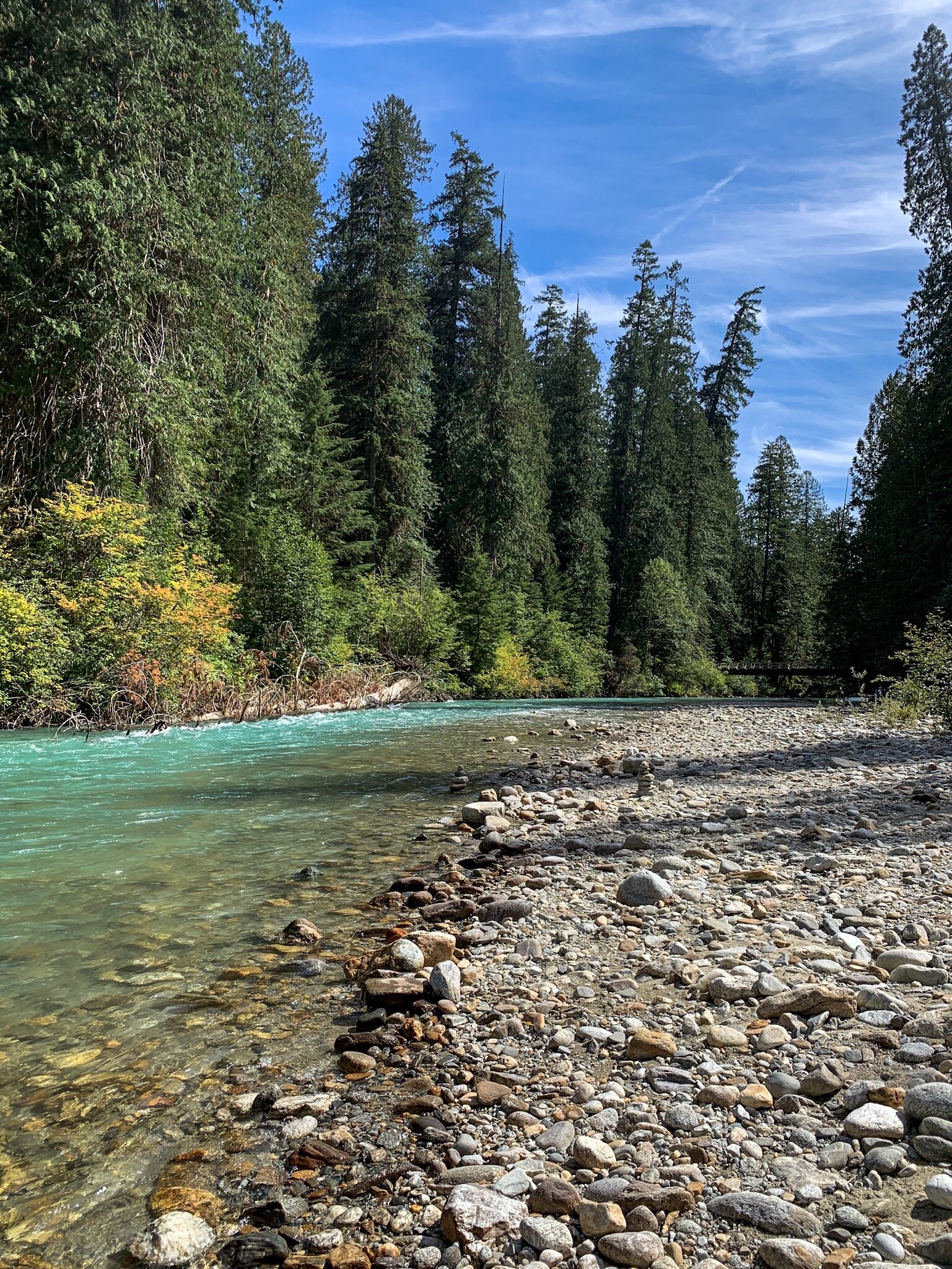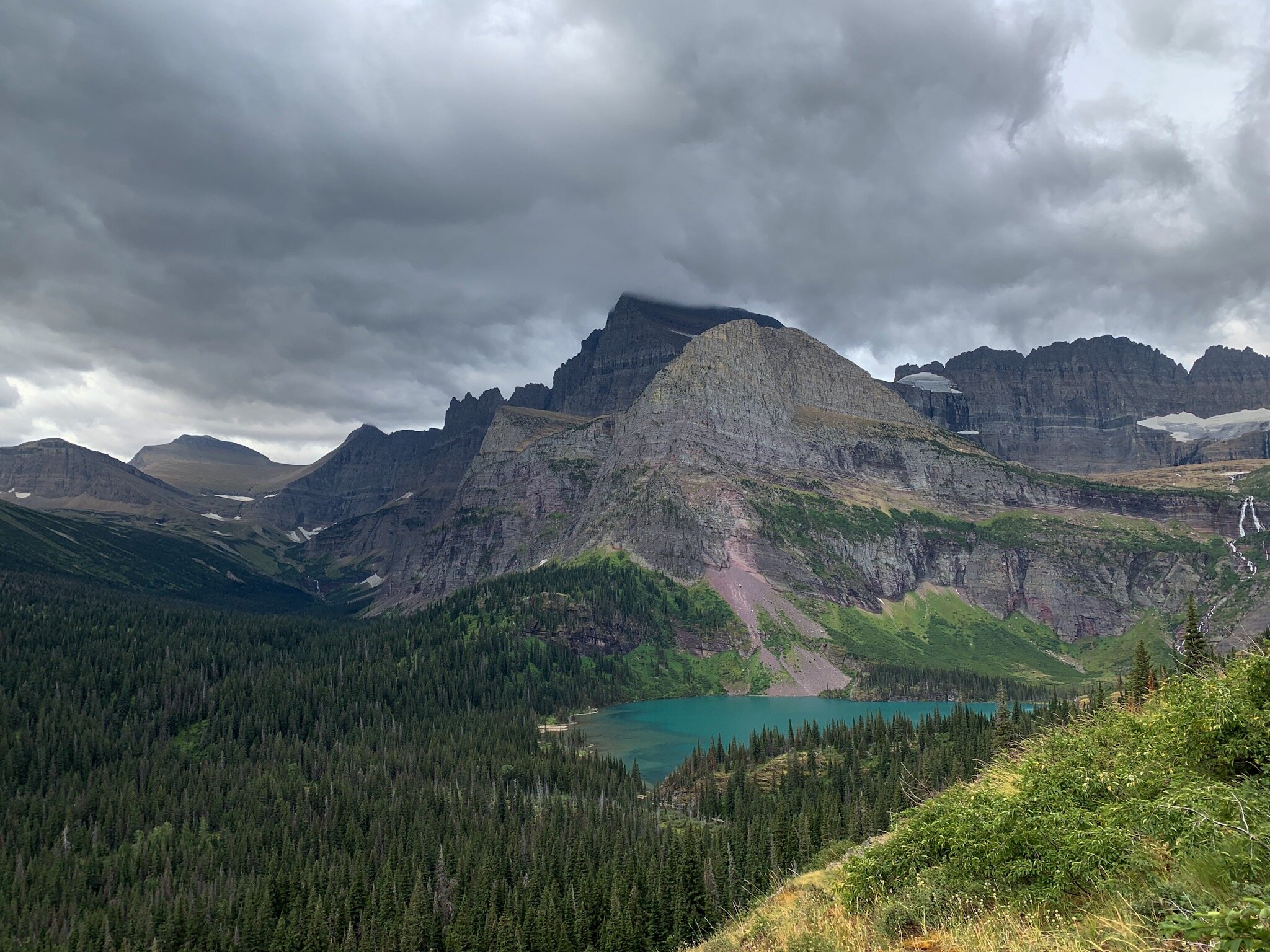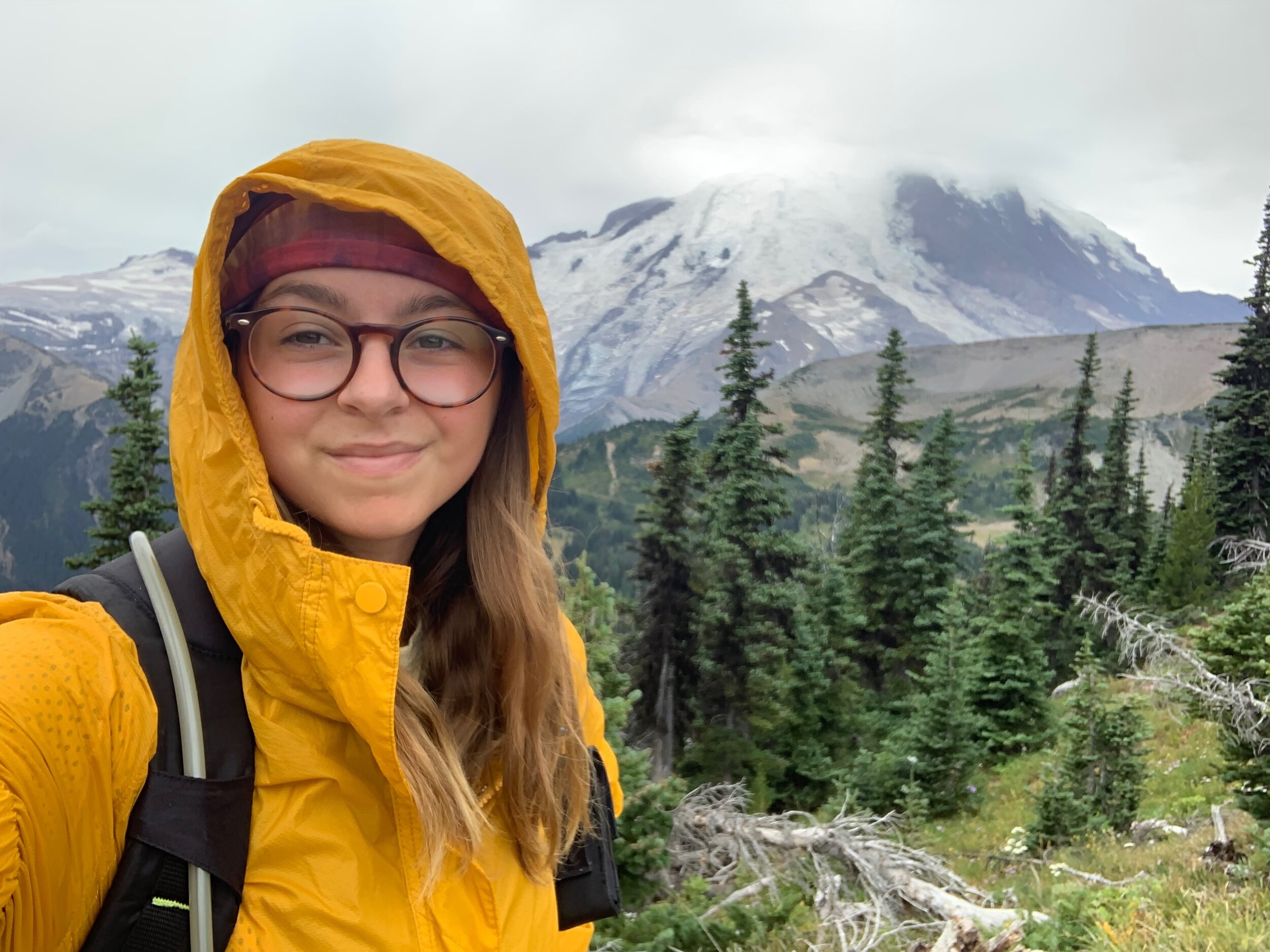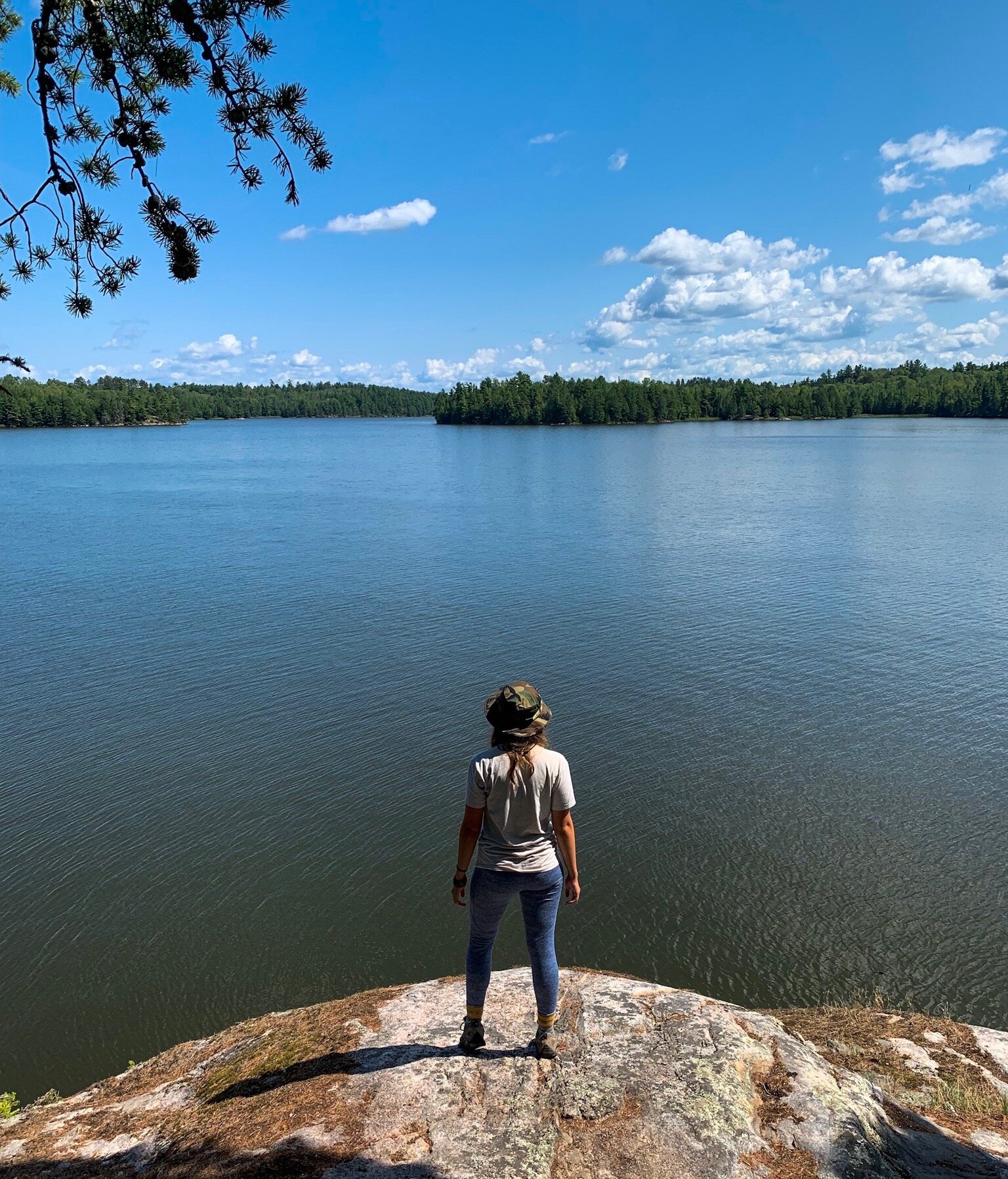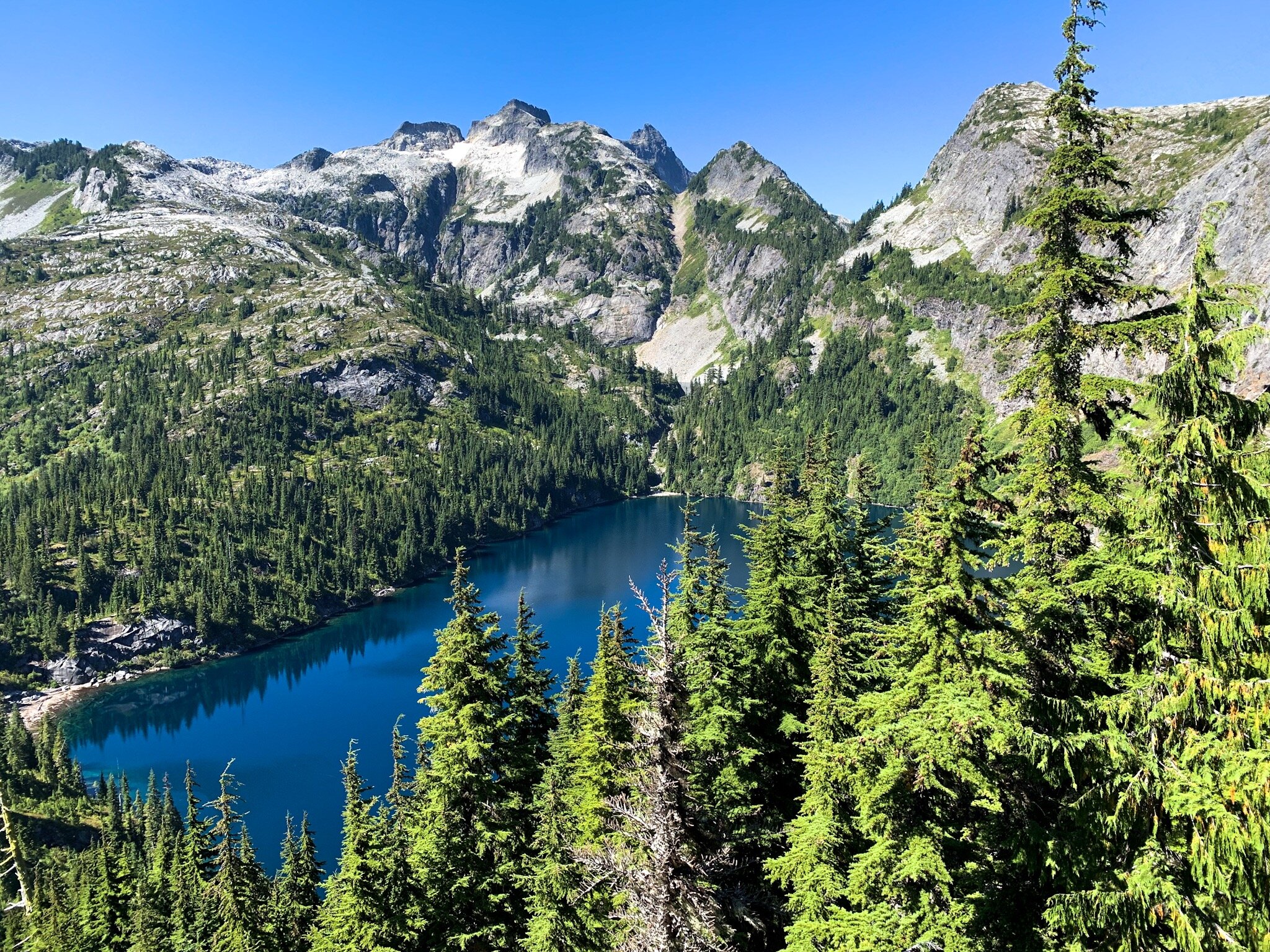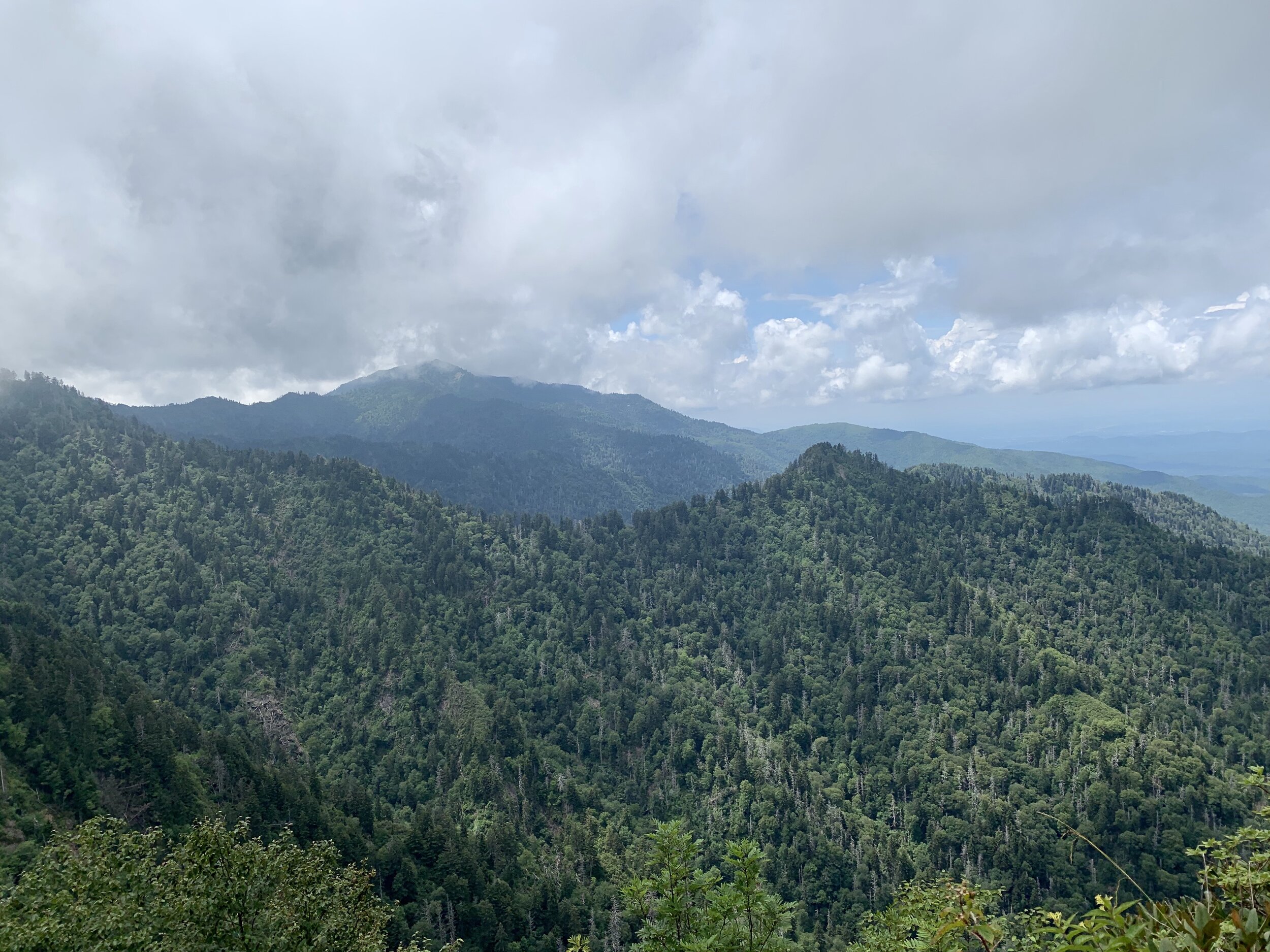Even though I do a lot of free camping in my vehicle, there’s something I absolutely love about staying in a campground. From the amenities to safety to that good campground getaway vibe, there’s nothing I don’t love about getting to stay in the middle of a beautiful place like a National or State Park.
I’ve stayed in so many campgrounds, I couldn’t even count them if I tried, but these are the five that have made the biggest impression on me. They put you right in the middle of some of the prettiest landscapes in the US, and they’re all incredibly unique. Of course, a lot of them are in more touristy places, but that doesn’t mean they’re not the best way to experience those places for yourself. So, pack a warm sleeping bag, tent, and some firewood, and let’s hit the road.
(To shop my favorite camping gear, head on over to MADERA OUTDOOR and get 20% your order)
Many Glacier, Glacier National Park, MT
5: Atl Atl Campground in Valley of Fire State Park, NV
It was so hard to put this one at number five, and the only reason I did is because if you visit in the summer like me, the potable water in the campground is too hot to drink. Atl Atl Campground is located right in the middle of Valley of Fire’s beautiful red rocks. It costs $20 for a site, and includes drinking water, showers, and after park hours access. The state park actually closes at sundown, and the campers are the only ones allowed to stay later than that. Each site comes with a parking spot, tent pad, and shaded picnic table (which is super necessary if you visit in June!). This campground will give you awesome views of the Nevada desert, and one of the prettiest sunrises you’ll ever see, if you can wake up for it.
To learn more about Valley of Fire State Park, head over to the Halle’s Wandering Soul YouTube channel to watch me explore the park.
Sunrise from Atl Atl Campground, Valley of Fire State Park, NV
4: Canyon Campground in Yellowstone National Park, WY
This is one of the most accessible campgrounds I’ve ever stayed in. There were nice and clean bathrooms and a dish washing station right across from my site, and I got a bear box, picnic table, and fire ring. The campground came with 2 free showers per night, laundry access, and it was nearby a café with WiFi access and a gas station. It felt like a little outdoor town in the middle of the Wyoming wilderness. The only downside was the price. I had to book ahead of time (like 6 months ahead of time), and it cost $35, which isn’t ideal if you’re on a budget, or if you’re a spontaneous traveler like myself. If price isn’t an issue, though, Canyon is located in North East Yellowstone, not too far from the Lamar Valley. You’ll pass Grand Canyon of the Yellowstone on your way there from the Southern section of the park, as well as plenty of other sites like Yellowstone Lake and the Mud Volcano.
Canyon Campground, Yellowstone National Park, WY
3: Mather Campground in the Grand Canyon, AZ
While this campground doesn’t have the canyon views you might be dreaming of for your trip to Grand Canyon National Park, the wildlife is what helped this campground make this list. Within twenty minutes of checking in, a herd of about 20 elk came through the campground snacking on the trees. They would hang out there every day, and weren’t very afraid to be in the vicinity of people.
It’s super important though, that I drop a Leave No Trace warning here: please stay at least 25 yards from all wildlife. They are wild animals, and can react like so if provoked, which can put you and the animal in danger.
From Mather, there is a super convenient shuttle system that can take you around the park so that you don’t have to worry about finding parking at trailheads or the visitor center, so definitely make sure you take advantage of that! This was also my first solo camping trip, and I felt 100% safe in Mather.
Mather costs $18 to camp in.
For more information about Mather Campground and the Grand Canyon, head to the Halle’s Wandering Soul YouTube channel.
Grand Canyon National Park, AZ (unfortunately, not the view from Mather Campground, but the view from Mather Point instead)
2: Camp 4 in Yosemite National Park, CA
It was so hard not to put this at number one. This is one of the first campgrounds I stayed in that wasn’t part of a family camping trip, and it was one of the best experiences of my life. This is the famous climbers campground of Yosemite, and you might recognize it from documentaries like Valley Uprising. It’s walk-up only, meaning tents only, and you actually share a site with other campers. Each registered camper ($6 per person per night) will receive a bear box, but you’ll share your fire ring with the other campers in your site. This makes for an incredible environment of bonding with your neighbors, and has allowed me to make friends I still talk to. Camp 4 is accessible by shuttle, and is home to one of the toughest bouldering spots in the state.
View of Yosemite Falls from Near Camp 4, Yosemite National Park, CA
1: Rising Sun in Glacier National Park, MT
Glacier National Park is number one on pretty much every list of mine, but Rising Sun Campground was actually incredible. It was “hard side only” when I was there, which meant it was closed to tent campers, so make sure you check with a ranger before camping in any part of Glacier National Park. I loved Rising Sun because it was located in East Glacier, the side of Glacier with the best views. The other campground here, St. Mary’s, requires reservations, and the other campgrounds are located in either West Glacier or Many Glacier, which are a bit out of the way of the true Glacier experience (although you need to stop in Many Glacier during your trip here—it’s incredible). Rising Sun has its own shuttle stop, restaurant, gift shop, and shower access, and costs $20. The site came with access to flush toilets and some of the best tasting campground water I’ve ever had.
Sunrise view from Rising Sun Campground, Glacier National Park, MT
Camping is the best way to truly experience the outdoors. From the red deserts of Nevada to the towering mountains of Yosemite, there are beautiful campgrounds all over the country. While these are my absolute favorites, some honorable mentions include: Jumbo Rocks Campground in Joshua Tree, Wooden Frog State Forest Campground in Minnesota, and Belle Fourche Campground in Devils Tower. So, grab your gear, hit the road, and get ready to spend a night under the stars.
I am currently writing an ebook covering everywhere I traveled during my first summer on the road, due to launch in the shop on December 1, 2019. For more information about most of the places on this list, subscribe to my weekly newsletter so you can be the first to know when the book is available.











